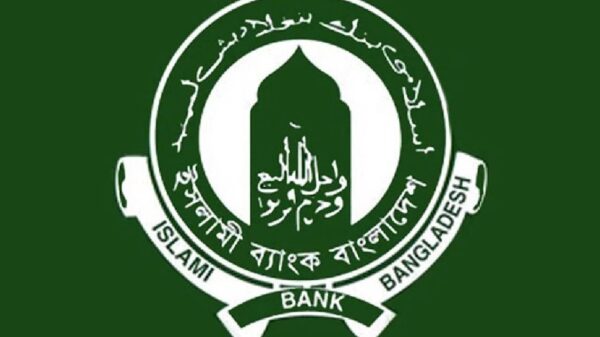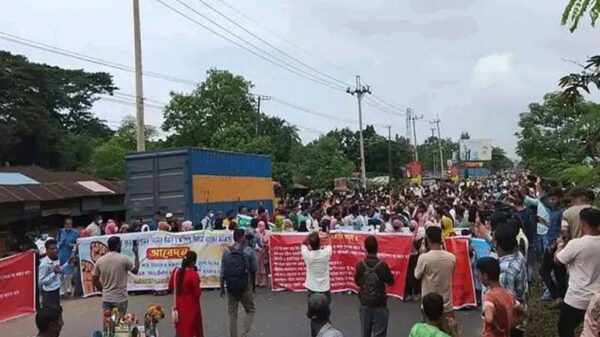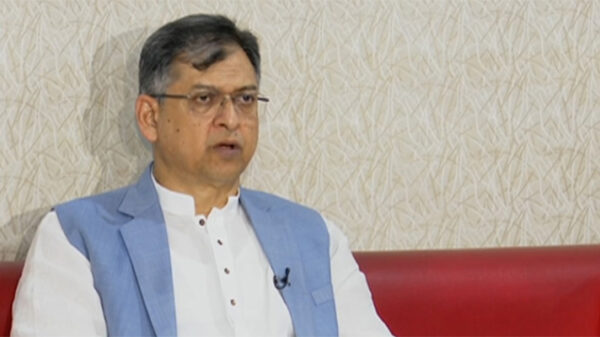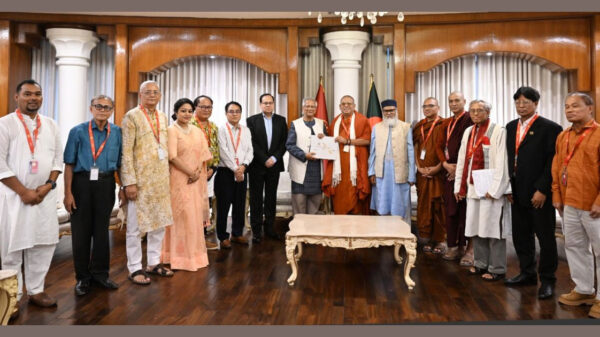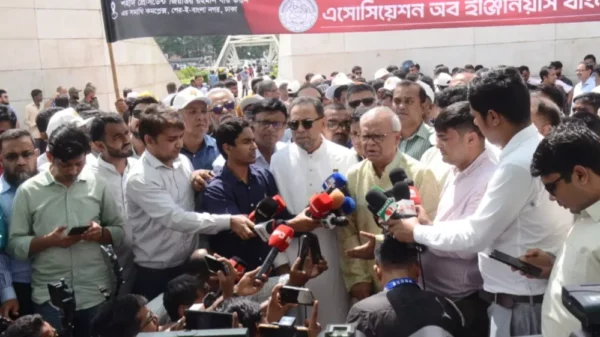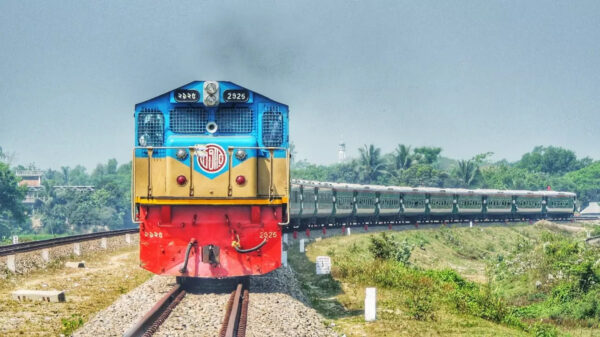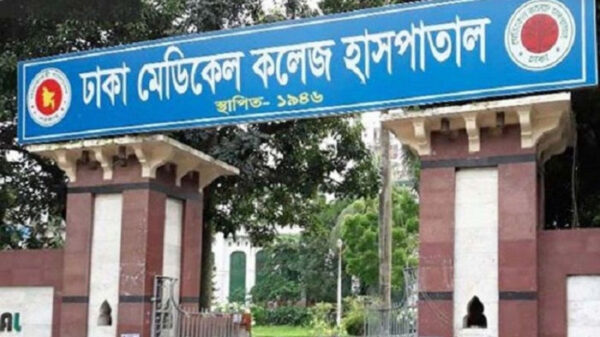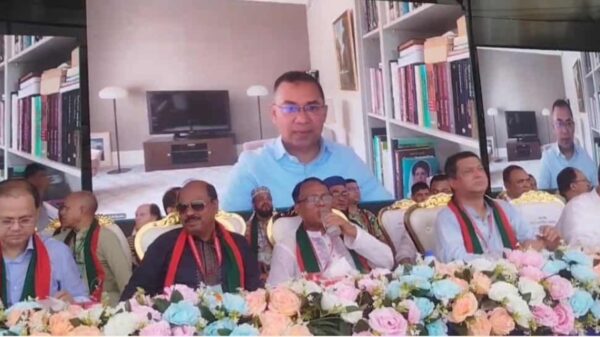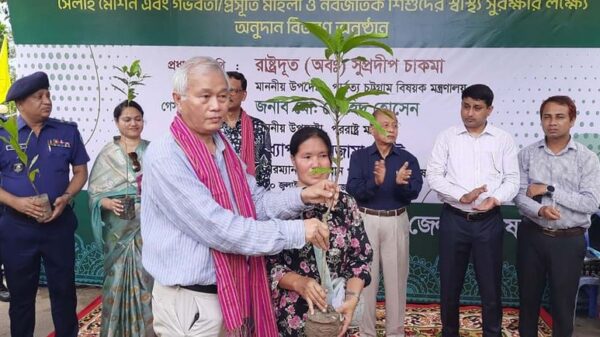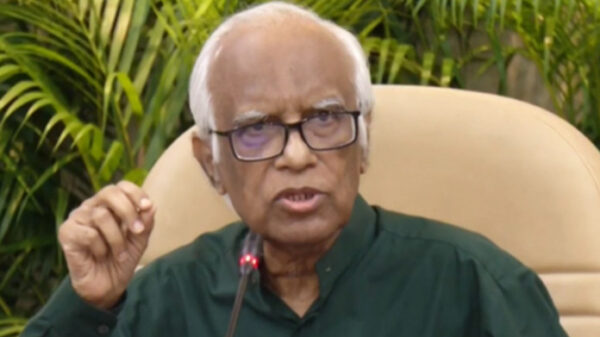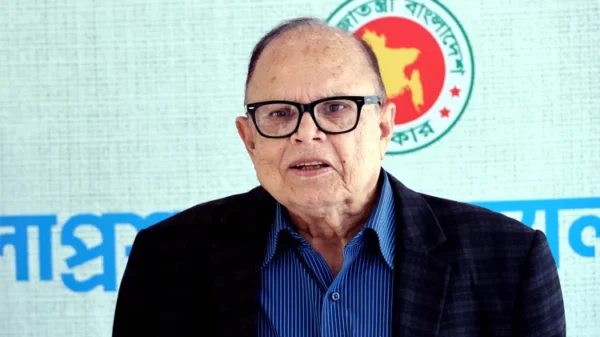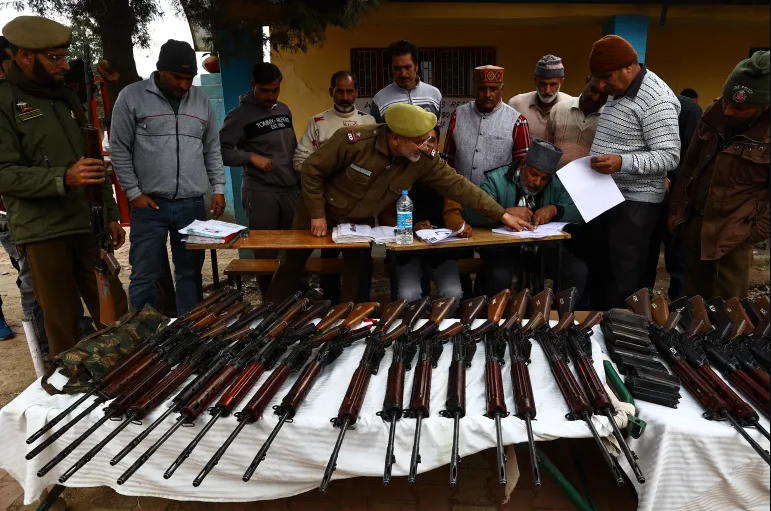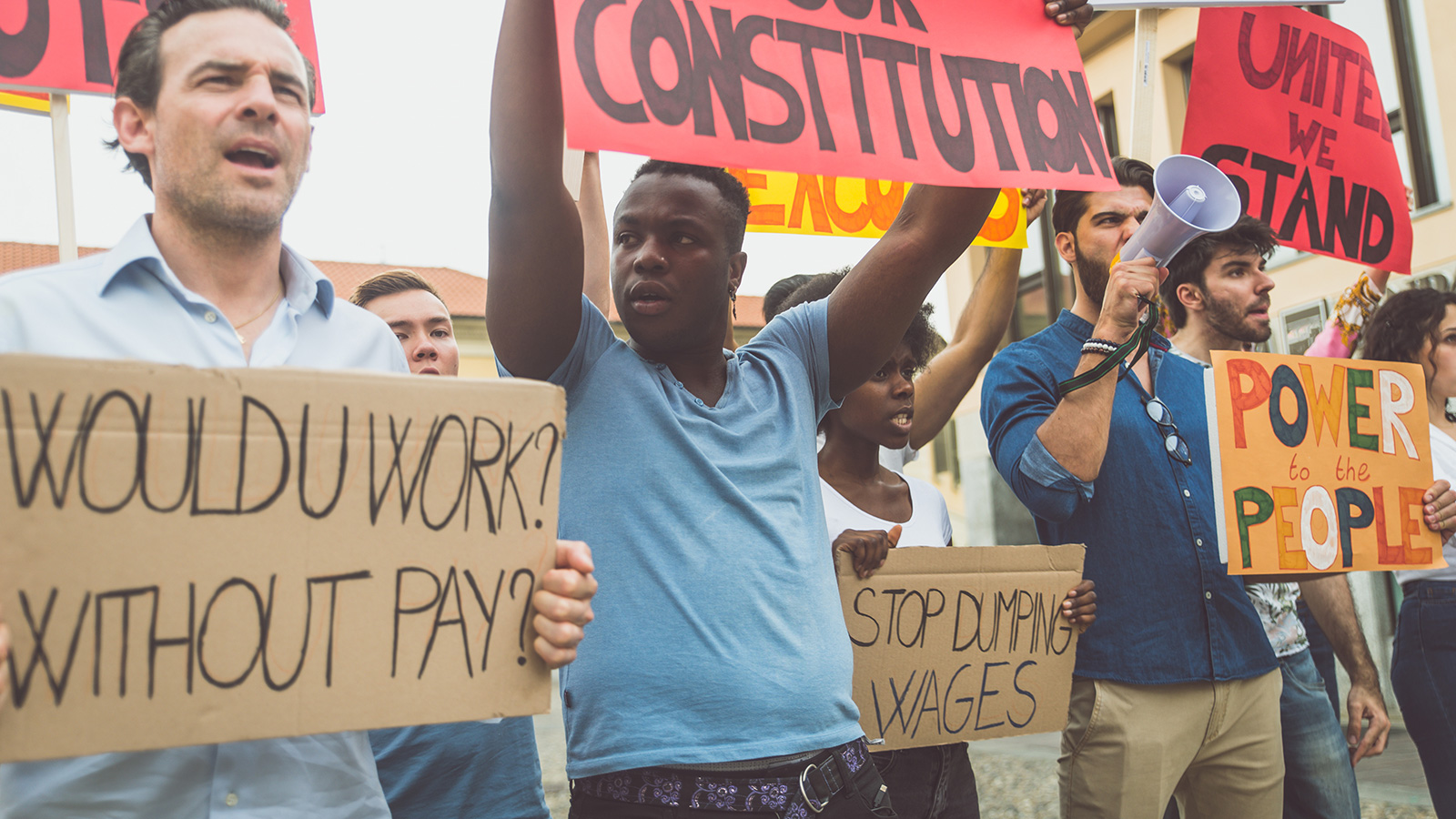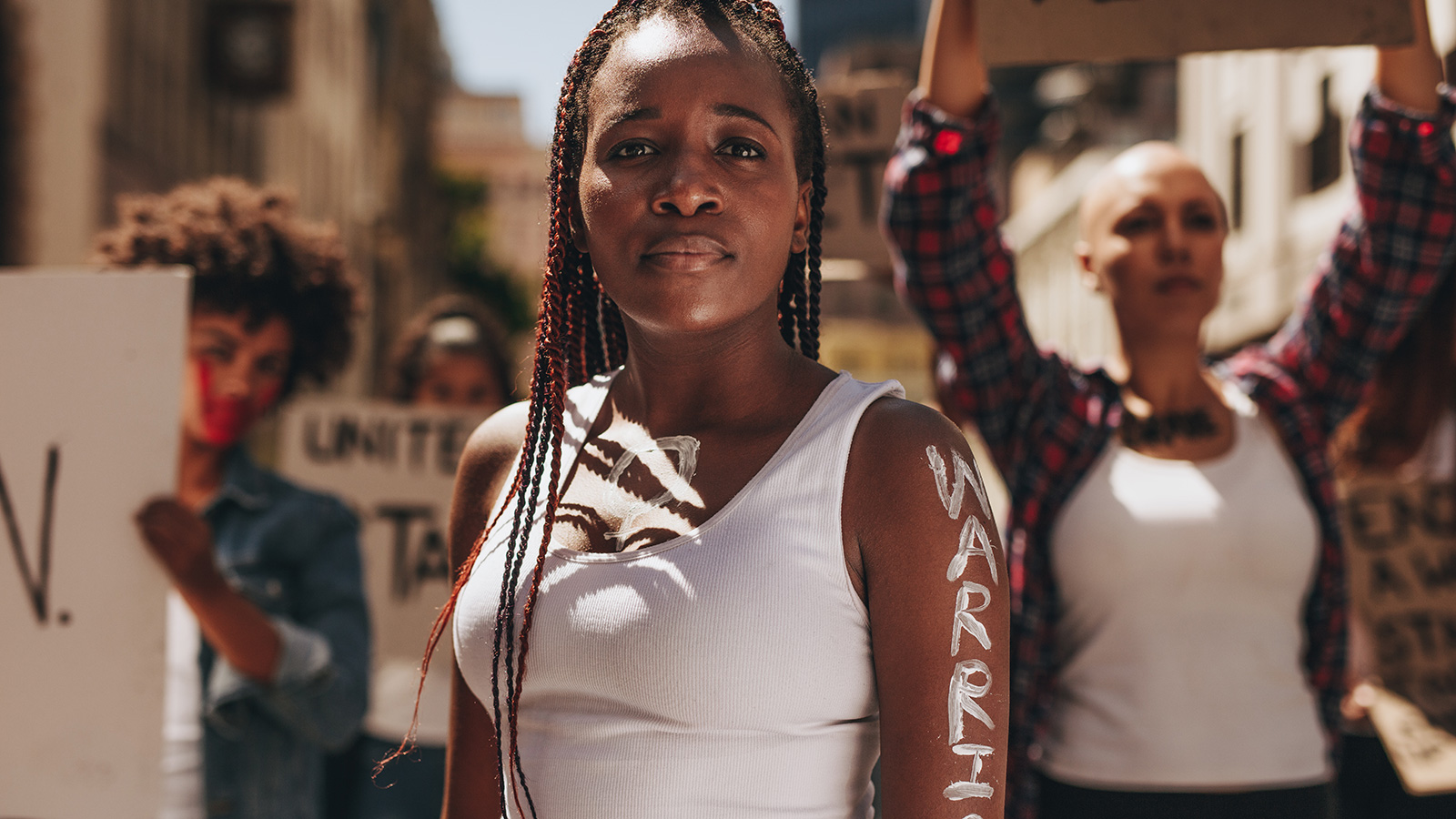Staff Reporter:
Can the “pilot project” being undertaken to address the Rohingya situation in Myanmar offer any kind of resolution to their plight? Sadly, there is no chance for the Rohingya to return home right now, especially given what the delegation that returned from Myanmar on May 5 witnessed while in the country.
Through China’s intervention, the “pilot project” to repatriate the Rohingya has essentially been approved. Initiatives to repatriate them are now in their third phase.
They started in November 2017 under Aung San Suu Kyi’s civilian-led administration and Bangladesh’s government in November 2017. However, it is worth noting that Myanmar’s civilian-elected government refers to the Rohingya as “forcibly displaced Myanmar citizens.”
China, a major ally of Myanmar, mediated the agreement. China argued at the time that dialogue between the two nations should be used as the basis for resolving the Rohingya issue rather than placing penalties on leaders in Myanmar.
China desires that Myanmar’s government be supportive of its interests. That may explain why China has consistently used its veto power to block earlier UN resolutions that sought to sanction Myanmar’s military government on the Rohingya issue.
By Nov 15, 2018, the first group of Rohingya was due to be sent to Myanmar, but this has not happened.
Then, in August 2019, China launched a new initiative to deport the Rohingya. However, because the citizenship problem had not been resolved, they were unwilling to leave.
China has now launched its third round of efforts to bring the Rohingya home. But representatives of the Rohingya community assert that they have never revisited the village they left behind since they departed Myanmar’s Rakhine State in August 2017. They claimed to have seen camps set up in a row there.
This report was provided by a delegation of 27 people — 20 of whom were Rohingya living in Bangladesh — who travelled to see the repatriation situation and arrived from Myanmar on May 5.
They travelled to various communities; there is no village there currently. The Myanmar army has constructed a series of camps. The Rohingya will remain in these camps under the direction of Myanmar.
The environment and circumstances in Rakhine are not conducive to repatriation. Their native villages, which they had to abandon six years ago, are gone, and have been replaced by army barracks, police outposts, and border checks.
The Rohingya will not consent to reside in the “model village” that is being constructed in Maungdaw for their rehabilitation. Most significantly, not a single Rohingya wants to go back to Rakhine until they can be assured of citizenship.
The situation has made it very difficult for the Rohingya to return home. Some 1.25 million of them — including 800,000 from Rakhine State — are currently registered in 33 shelter camps in Ukhia and Teknaf. Not a single Rohingya was returned to Myanmar during the six years of their migration.
The Rohingya have demanded citizenship in the event of repatriation, but the latest delegation was told that citizenship would not be provided at this time.
Armed only with their NVC cards, they must remain in the camps. Under these circumstances, it seems unlikely Myanmar would be eager to welcome them back home.
However, the situation has improved since I was in Maungdaw. It has been discovered that most people moving around freely and conducting business there are Rohingya. This seems to be the ideal circumstance for repatriation.
One issue that needs healthy discussion is that the Rohingya anticipate being relocated to Rakhine, their ancestral home. And if they don’t want to come back, will that attitude affect the situation?
Isn’t it true that both sides need to compromise? When it comes to repatriation, the Rohingya must, in this instance, make a concession. Once more, it is important to guarantee this repatriation does not result in the deaths of Rohingya.
The issue has become a burden for Bangladesh even though they were given shelter for humanitarian reasons. Additionally, less foreign help has entered the country than it did initially. While it is forbidden for the Rohingya to leave the camp, the situation cannot be controlled. When they left the camp previously, many attempted to travel abroad using fake passports and bogus NIDs.
Meanwhile, in the camp, there were instances of terrorist strikes, leaving casualties. Allowing them to assimilate into society is likewise impossible. What needs to be done is a more honourable rehabilitation. The plan to send back 1,176 Rohingya as a “pilot operation” is a good experiment in terms of building trust.
Bangladesh already gave Myanmar a list of 882 000 Rohingya to be repatriated in 2018. Myanmar then compiled a list of only 68,000 Rohingya and handed it back to Bangladesh after checking that list.
Despite this, diplomatic efforts must be continued in order to gradually repatriate the Rohingya. Sincere efforts must also be made by all parties to ensure the success of this “pilot project.”
As the Rohingya’s return is being impeded by a lack of trust in Myanmar, it must work with Bangladesh to restore trust first amongst the Rohingya for their smooth repatriation.
Fumiko Yamada specializes in Bangladesh affairs. A version of this article first appeared on The Bangkok Post and is being republished under special arrangement.


